The Vietnam Commodity Exchange (MXV) reported mixed developments in the raw material market during yesterday’s trading session (July 24). While most agricultural and energy products closed in the green, prices of many industrial raw materials and metals fell across the board.
For the industrial raw material group , at the end of yesterday's trading session, the industrial raw material group recorded positive buying power with 8 out of 9 items simultaneously closing in green. In particular, the coffee market continued to increase slightly, extending the increase to the third consecutive session. Specifically, the price of Arabica coffee recorded an increase of more than 1.1% to 6,720 USD/ton while the price of Robusta coffee also increased by nearly 1.5% to 3,349 USD/ton.
Currently, there is a lot of information on the market saying that the actual Arabica coffee crop output of this country is only 30-32 million 60kg bags, significantly lower than the nearly 37 million bags announced by the National Supply Agency of Brazil (Conab). Reinforcing the above statement, at the 10º Coffee Dinner & Summit event organized by Cecafé, representatives of international coffee corporations conducted direct surveys in key growing areas and expressed disappointment with the output situation. Many opinions said that the field results were completely contrary to the reports given by artificial intelligence systems earlier. In addition, many people were also quite surprised to realize that the coffee reserves in Brazil were almost depleted.
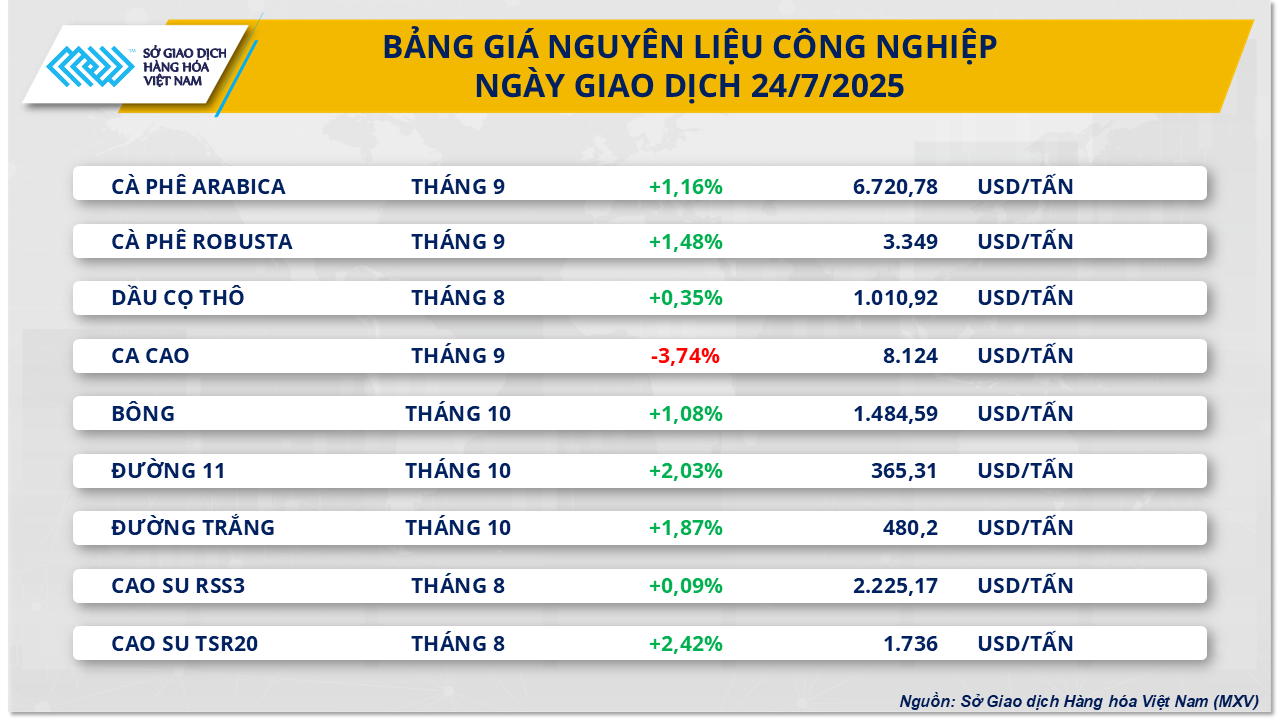
In addition, Brazil's coffee exports have fallen sharply since the beginning of the year. Specifically, Brazil's green coffee exports in June reached only 2.3 million bags, a sharp decrease of 30% compared to the same period last year. According to Cecafe, as of May 24, coffee exports including Arabica and Robusta reached only 1.77 million bags, at this rate, the export volume is likely to be even lower than in June.
MXV said that although the coffee harvest in Brazil is entering its final stages, most farmers are still cautious and not ready to sell at current prices. This has led to a very slow movement of coffee from farm to warehouse, with many warehouses being almost empty while production has dropped sharply.
In addition, the weather situation in Brazil has also caused many concerns in the market. A new cold front is forecast to hit the coffee growing regions in the next few days, increasing the risk of affecting the crop, which has suffered many disadvantages in recent times. Last week, Minas Gerais state recorded heavy rains, affecting the ability of coffee trees to grow, thereby supporting a strong recovery in coffee prices.
According to the World Meteorological Service, the prolonged dry conditions in Indonesia’s coffee growing areas are expected to improve as rains begin to return in the coming months. However, the early rains are forecast to be scattered and light.
In Vietnam, the remnants of Tropical Storm Wipha dumped over 25cm of rain along the northern coast this week. However, major coffee-producing regions were spared the brunt of the downpour. Forecasts from meteorological agencies indicate that below-average rainfall is likely to continue for the next 7–10 days.
In the metals market , on the other hand, the metal market witnessed overwhelming selling pressure with 9 out of 10 commodities falling in price. Silver prices in particular weakened for the second consecutive session, recording a decrease of more than 0.7% to 39.22 USD/ounce. This decline mainly came in the context of the market assessing positive developments in trade negotiations between Washington and international partners, as well as the possibility of the US adjusting interest rates.
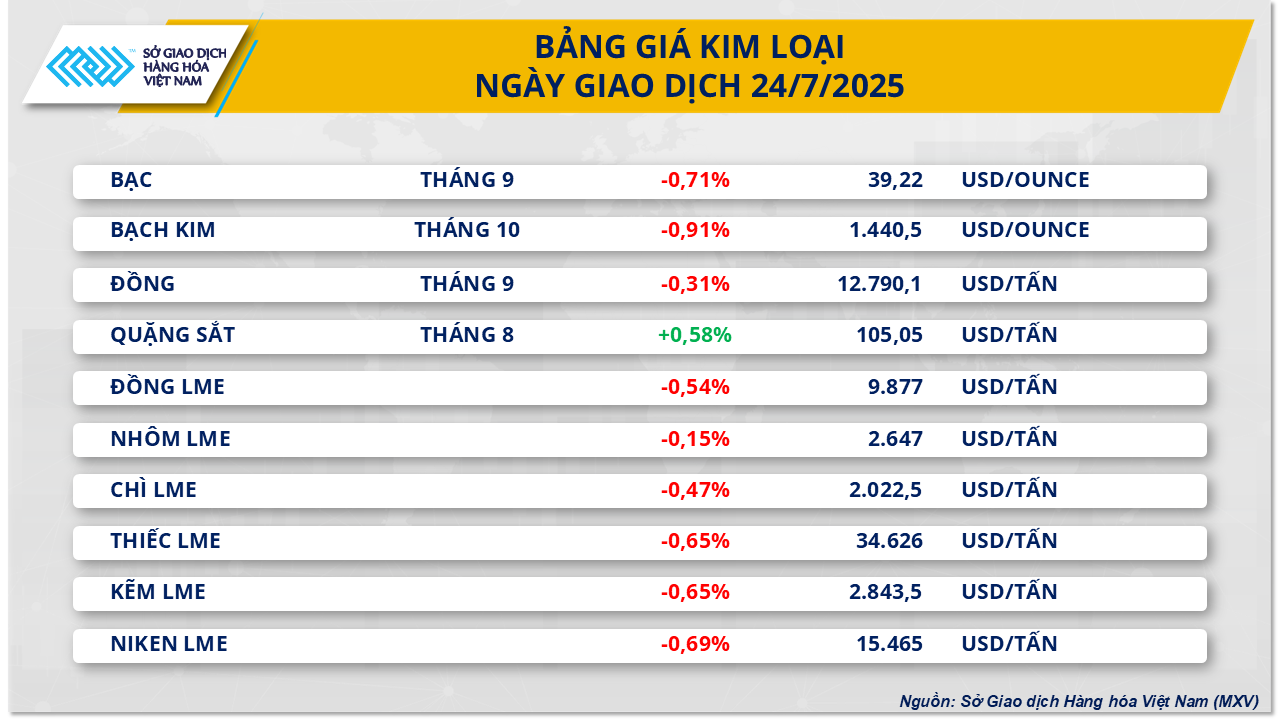
Recently, US President Donald Trump reached an important trade agreement with Japan, marking a major turning point in bilateral trade relations. Accordingly, the reciprocal tax rate applied to Japanese goods exported to the US will be reduced from 25% to 15%. In return, Japan committed to implementing an investment and loan package of up to 550 billion USD for the US market in the coming time. In particular, the automobile industry - a sector that accounts for more than 25% of Japan's total export turnover to the US - also benefits when the tax rate is adjusted down sharply from 27.5% to 15%.
Meanwhile, according to European Union (EU) diplomats , Washington and the EU appear to be moving towards an agreement to impose a 15% tariff on EU goods exported to the US.
In addition, the latest data reflects that the health of the US labor market is maintaining a stable level, reinforcing expectations that the US Federal Reserve (Fed) will keep interest rates unchanged at its policy meeting later this month.
Source: https://baolamdong.vn/thi-truong-hang-hoa-25-7-dien-bien-trai-chieu-383673.html



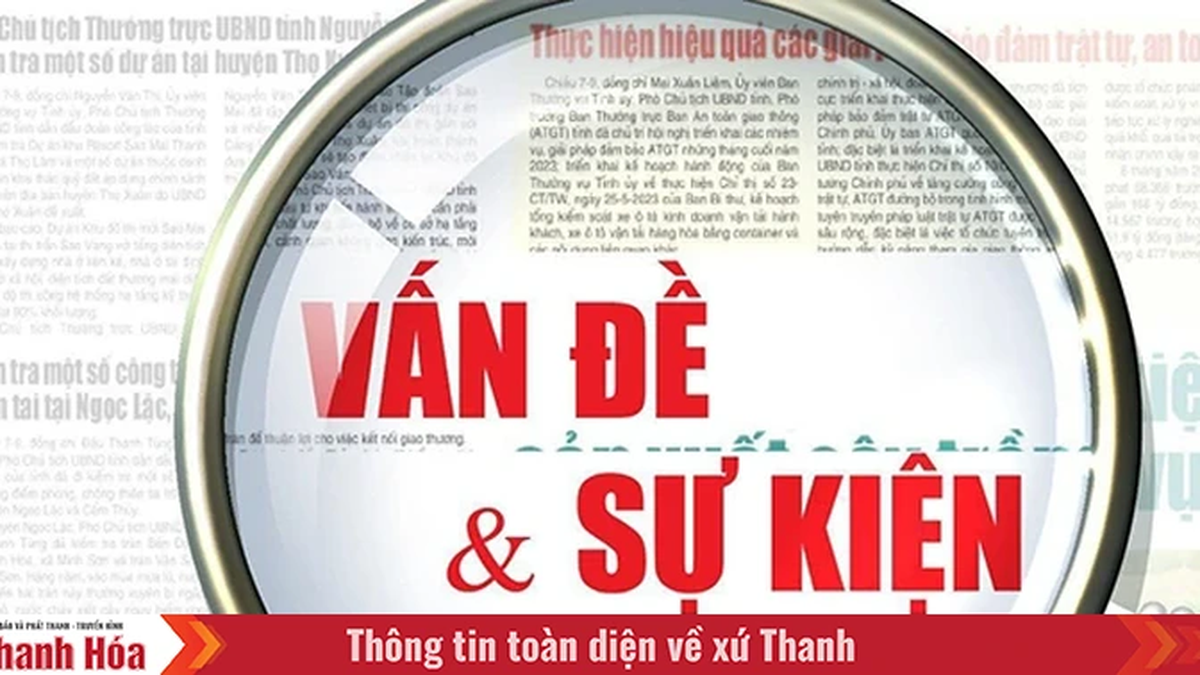
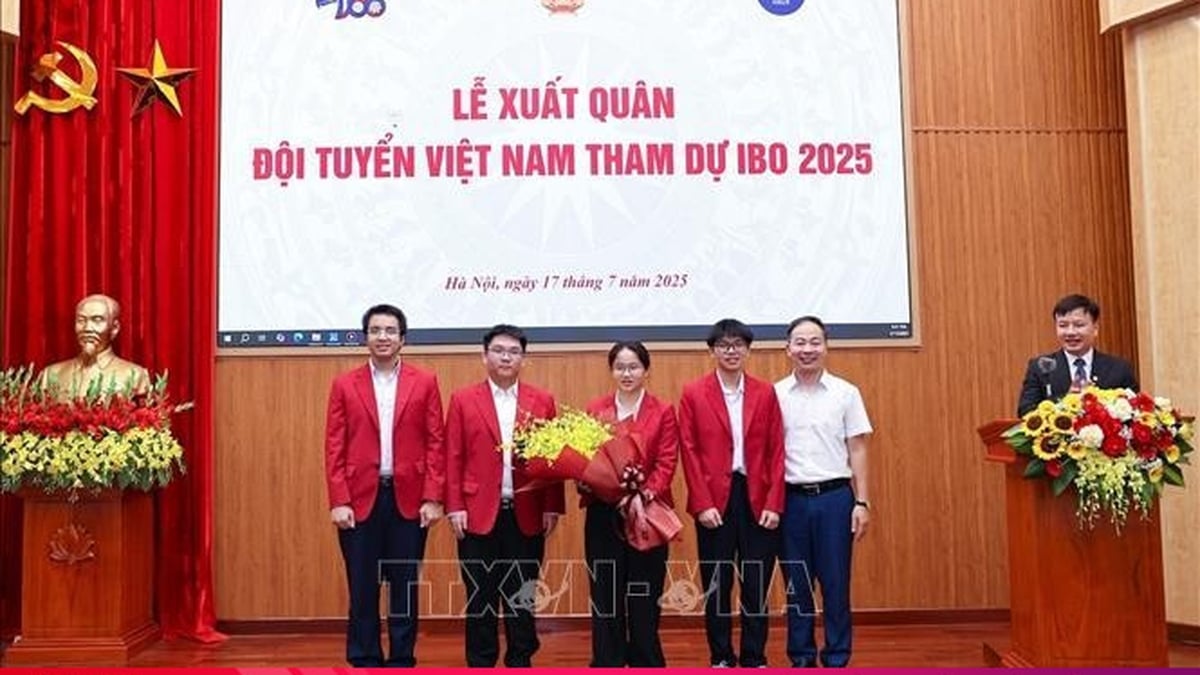




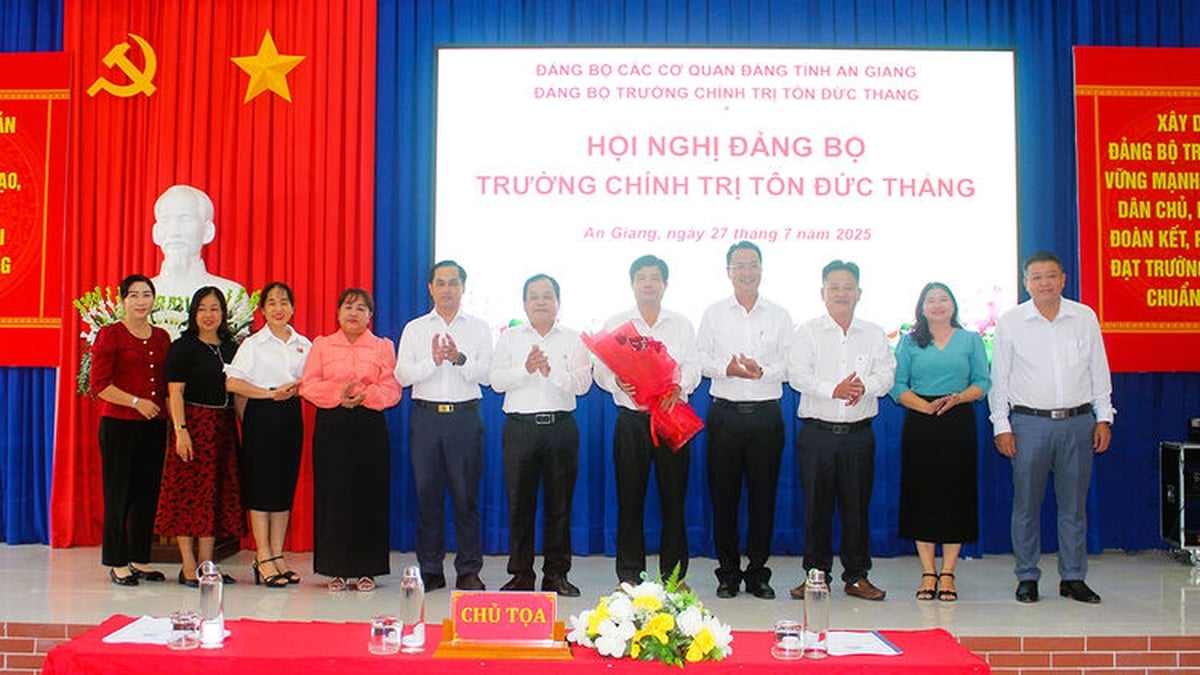
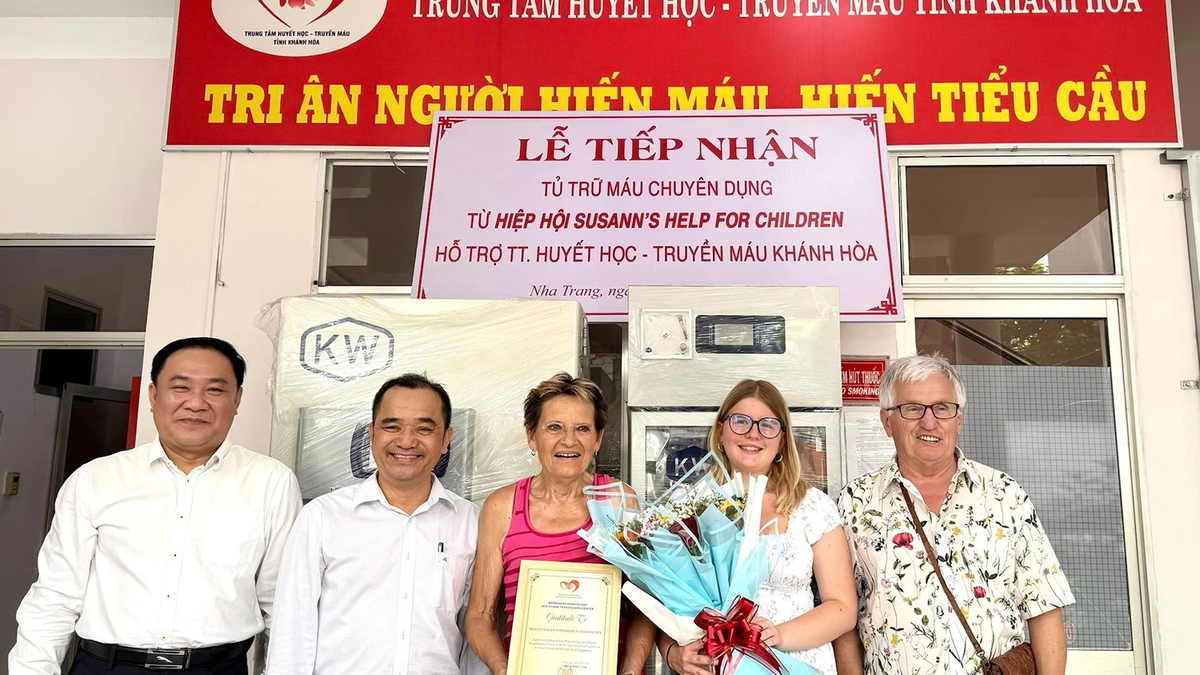





































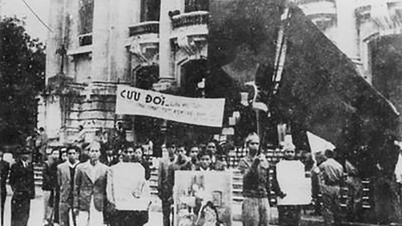





















































Comment (0)